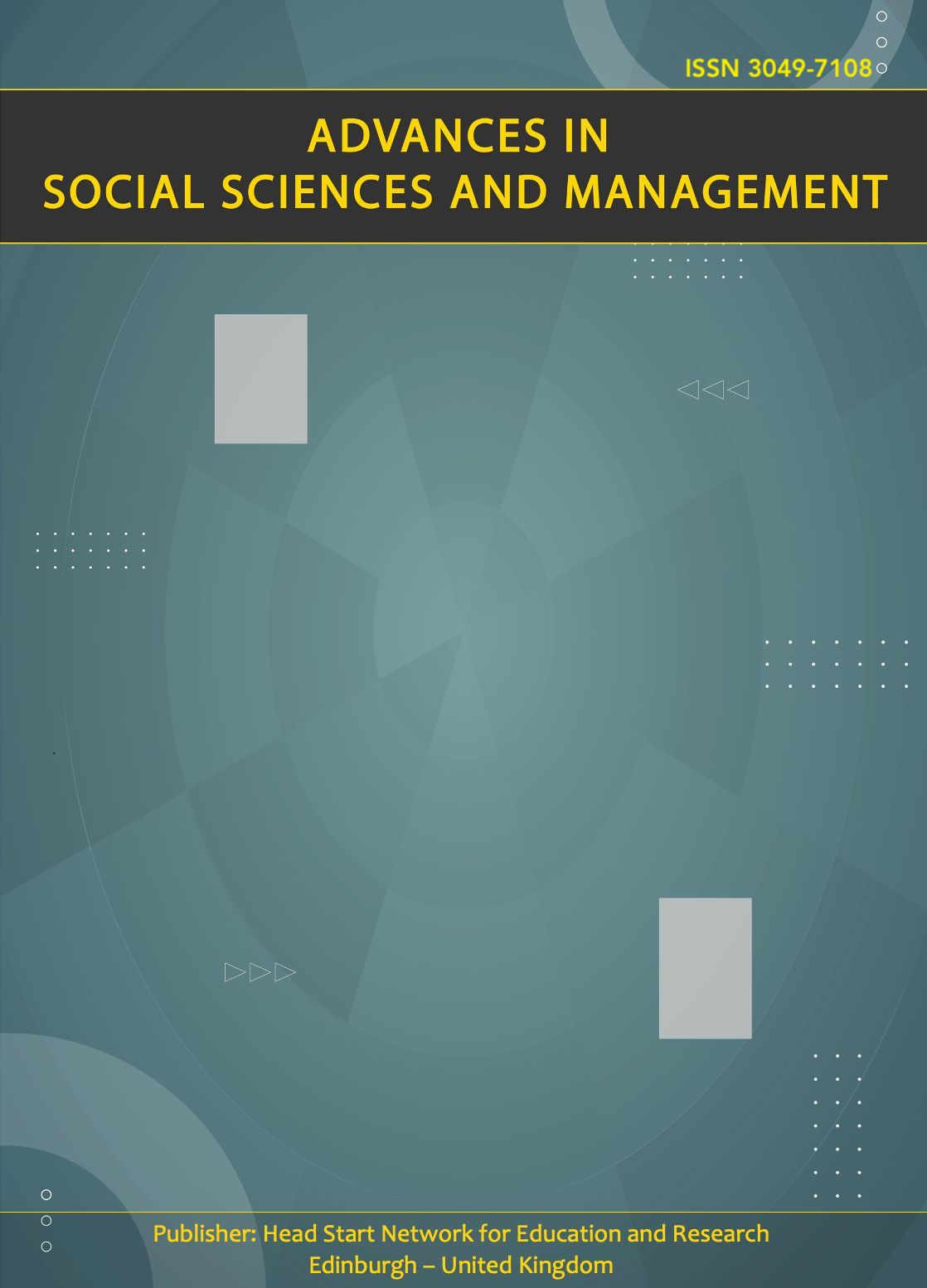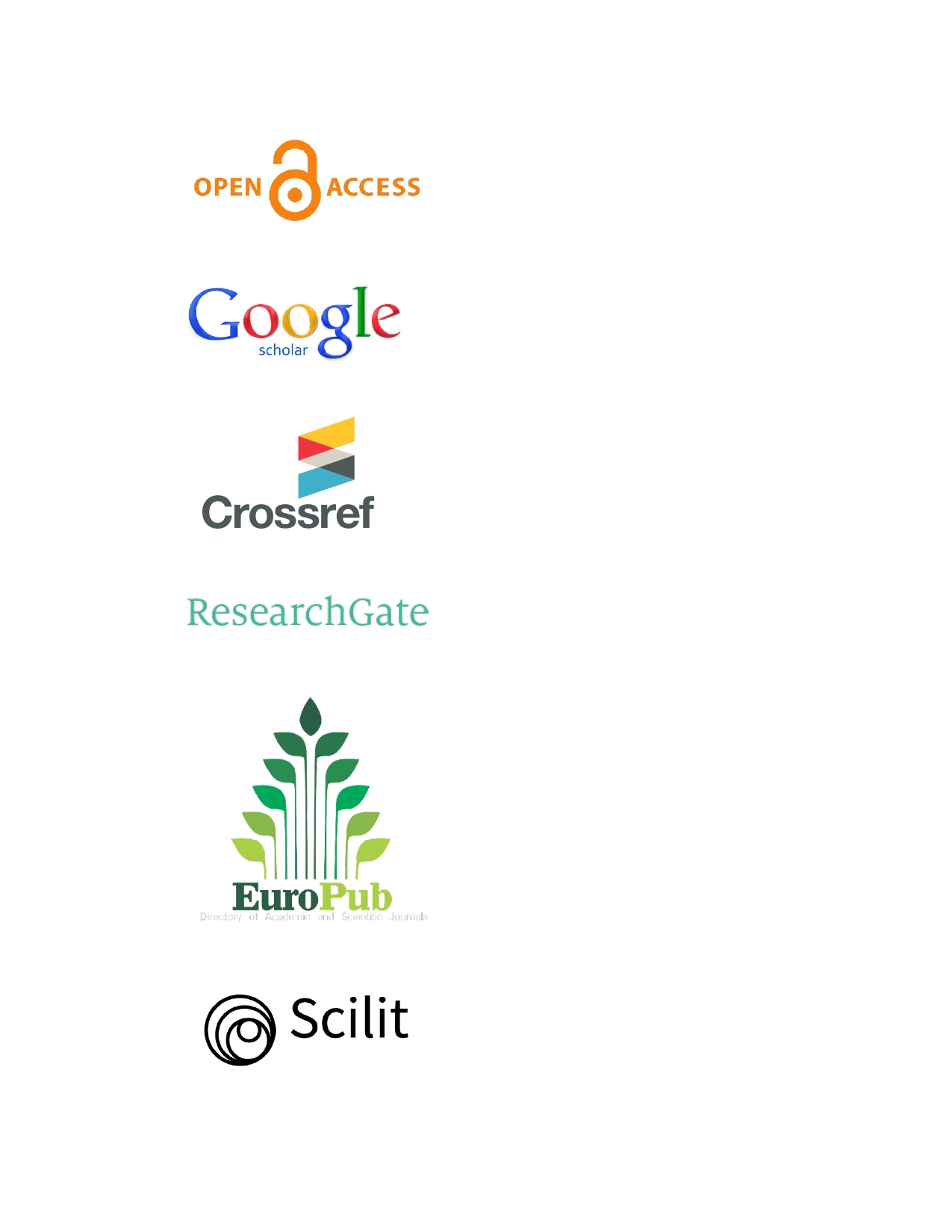Sustainability Thought 199: Green Markets or Dwarf Green Market Solutions: Pointing Out the Second Major Blunder in Terms of Development Thinking and Critical Environmental Problems Solving
DOI:
https://doi.org/10.63002/assm.303.937Keywords:
Sustainability, sustainable development, sustainability gap, traditional market, sustainability problem, sustainable development problem, theory-practice consistency principle, social sustainability problem, environmental sustainability problem, socio-environmental sustainability problem, paradigm fix, paradigm patch, linear traditional market, circular traditional market, pollution production market, pollution management marketAbstract
The socio-environmental consequences created by the socio-environmentally distorted traditional market thinking since 1776 when the world endorsed and promoted Adam Smith’s ideas and dealing with them has led according to this author to three clear major development thinking blunders while the distortion problem remains active, one after the other: 1) First in 1987, the Brundtland Commission had a choice, to recommend a fix through sustainability market based solutions or to recommend a patch through sustainable development solutions to the critical socio-environmental problem created by the distorted market they were dealing with; and they chose a patch; 2) In 2012 Rio + 20, the Brundtland Commission on Sustainable Development had a choice, to implement an environmental fix through green market-based solutions or to recommend a patch through dwarf green market-based solutions to the critical environmental problem they were addressing created by distorted traditional market pricing; and they chose a patch; and 3) In 2023 the world had again a choice, to finally internalize socio-environmental externalities to fix the pollution production problem embedded in the linear traditional market and make it circular or to move from traditional linear pollution production markets to traditional circular pollution production markets assuming again socio-environmental price distortion neutrality, and hence, leaving the root cause of the pollution generation problem embedded in both linear and circular pollution production markets untouched; and they chose to go circular economy thinking as a pretend patch. Notice that the Brundtland Commission in 1987 found a socio-environmental pollution production problem associated with working of the traditional market, not an inefficient use of resources problem, and that the United Nations Commission on Sustainable development as well documented in 2012 an environmental pollution production problem associated with the traditional market, not an inefficient use of environmental resources, therefore, none of them found that the problem generating pollution embedded in the traditional market was an inefficient use of resources. Hence, all those development choices made since 1987 are all considered development thinking blunders because all those choices made to address critical sustainability problems violate the theory-practice consistency principle as they do not match the nature of the problem and as well as they violate the expectations of the Thomas Kuhn’s scientific paradigm evolution loop under academic integrity. This paper focuses on the second development thinking blunder, the choosing of dwarf green markets solutions over green markets solutions in 2012 to address a critical environmental sustainability problem.
Downloads
Published
How to Cite
Issue
Section
License
Copyright (c) 2025 Lucio Muñoz

This work is licensed under a Creative Commons Attribution 4.0 International License.






